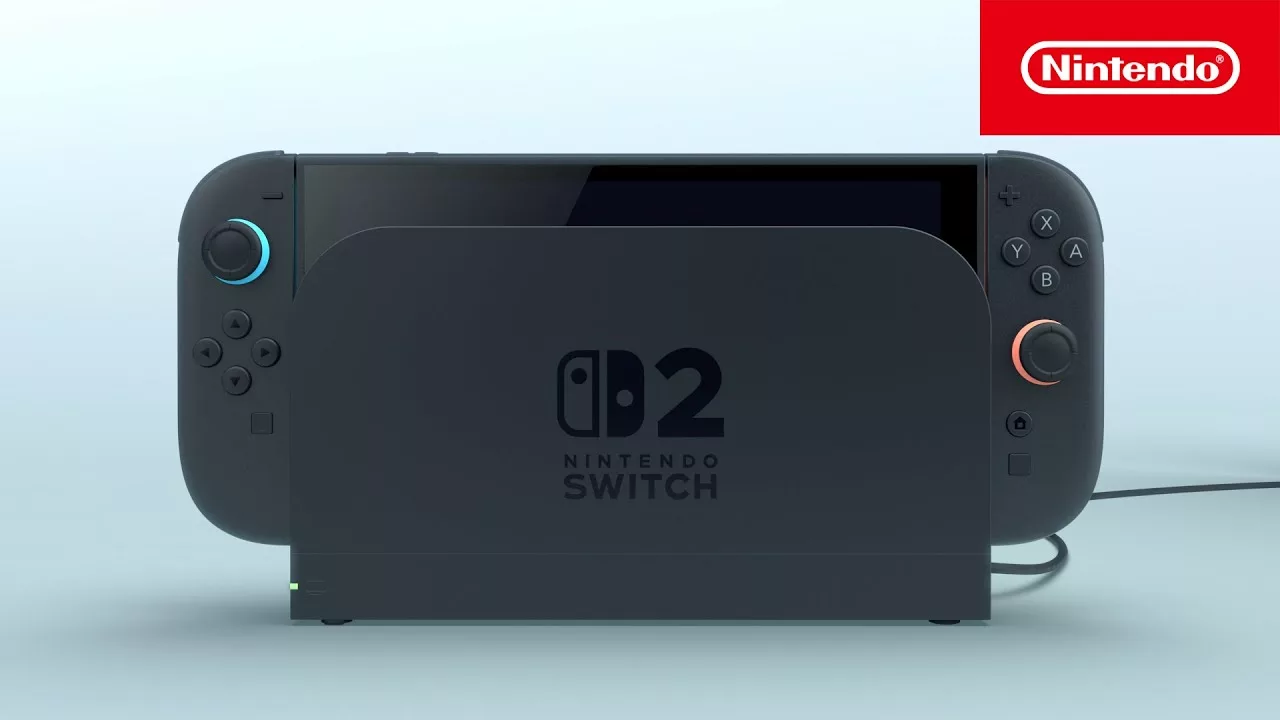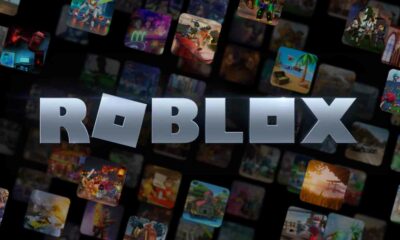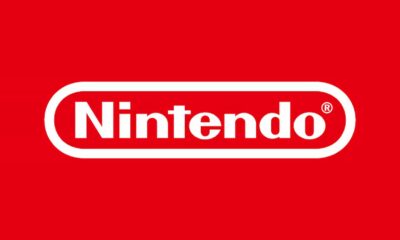Gaming
Review Rounup: Nintendo Switch 2
Enhanced performance and battery life mean longer gaming session, but the absence of early exclusives may leave some wanting more.

Just a heads up, if you buy something through our links, we may get a small share of the sale. It’s one of the ways we keep the lights on here. Click here for more.
Nintendo Switch 2 offers enhanced hybrid gaming with a larger 7.9-inch LCD display, improved Joy-Con controllers with magnetic attachment, and a custom Nvidia processor. You get backward compatibility with existing Switch games, better build quality, upgraded audio, and performance improvements.
- Larger 7.9-inch display
- Better performance
- 4K output with HDR when docked
- Improved Joy-Con controllers
- Backward compatibility with existing Switch library
- LCD display instead of OLED
- No pack-in game included
- Lack of major first-party exclusives
- Higher price point for upgrading users
- Joy-Con drift fix unproven long-term
If the first Switch was Nintendo’s big “what if,” the Switch 2 is the company’s confident answer.
Bigger, beefier, and more refined, the new hybrid console lands with the kind of anticipation usually reserved for Apple keynotes or Zelda launches.
But does it live up to the legacy and the hype? After hours of trawling through reviews from the usual list of tech and gaming publications, here’s a no-nonsense breakdown of what the Switch 2 nails—and where it stumbles.
Design and Build: A Grown-Up Hybrid
The first thing you notice about the Switch 2 is its presence. According to Gizmodo, the new model is “a better handheld than the original Switch in both overt and subtle ways.”
The generous 7.9-inch screen is a full step up from the original’s 6.2-inch.
Even though Nintendo has reverted to LCD from OLED, Tom’s Guide points out that the “LCD screen is quite remarkable,” with vivid colors and sharpness that can almost make you forget about the OLED’s inky blacks.
The Joy-Cons, a longtime pain point, have finally received meaningful upgrades.
According to Engadget, the controllers now attach magnetically “with a satisfying thunk,” and Gizmodo writes that while the sticks aren’t full-sized, “they tilt and glide with more refinement.”
Nintendo has also added more air vents, a second USB-C port, and extra speakers, which all add up to a device that feels more robust and versatile.
Display and Audio: Big, Bright, and Surprisingly Loud

Nintendo’s decision to use a 1080p LCD in handheld mode was controversial, but in actual use, most reviewers are impressed.
CNET remarks that the Switch 2 is “big and feels dense,” and while it’s not drastically larger than the OLED model, the extra real estate makes handheld gaming “feel more immersive.”
Audio is another area of improvement. Gizmodo reports that the new speakers deliver “clearer, louder sound that doesn’t get lost in the chaos of Mario Kart or the haunting notes of Zelda.”
For anyone who’s ever struggled to hear dialogue over the hum of a busy café or subway, this is a real upgrade.
Performance: Finally, A Nintendo That Can Keep Up
Performance is where the Switch 2 truly sets itself apart. According to The Verge’s teardown, the console’s custom Nvidia processor brings “noticeable frame rate and graphical improvements.”
Reviewers at Metacritic call it “a luxury console,” and Tom’s Guide notes that “Cyberpunk 2077 on Switch 2 doesn’t just look marvellous, and run at a solid 40 fps, it outclasses even the game on the
Docked, the Switch 2 finally supports 4K output with HDR, allowing Nintendo’s flagship franchises to shine on modern TVs.
CNET confirms that “the Switch 2 now supports 4K graphics with HDR, whereas the original Nintendo console output only at 1080p when connected to the dock.”
The Verge notes that even in portable mode, flagship games like Mario Kart and Zelda “run great, with visuals that would have melted the original Switch.”
Backward Compatibility and Upgrades: Nintendo Listens (Mostly)

Backward compatibility was a huge question mark pre-launch, but according to Gizmodo, the Switch 2 supports “the vast majority of existing Switch games,” and several titles even receive patches for better frame rates and resolutions.
Players can “use your OG Switch to play games alongside the Switch 2,” smoothing the transition for legacy fans.
Still, not everything is perfect. CNET points out that “its familiar design and a lack of early exclusive games make it feel more like a refined iteration than a true revolution.”
If you were hoping for a killer exclusive on day one, you may have to wait.
Joy-Con Drift and Build Quality: Lessons Learned—Maybe
One of the original Switch’s most notorious issues was Joy-Con drift. Nintendo claims to have fixed this problem in the Switch 2, and early reviewers haven’t encountered it yet.
Still, as ReplaceBase reminds us, “Perhaps the most infamous issue with the Nintendo Switch is the Joy-Con drift,” and only time will tell if the fix is permanent.
Gizmodo says the new model is “beautifully balanced compared to the OG Switch and
Features, Accessories, and the Little Things
Nintendo’s attention to detail is everywhere. There’s a new USB-C camera, better accessory support, and slightly improved battery life.
The Verge reports that the eShop has been “much better—snappier, easier to navigate, and less likely to crash mid-purchase.”
CNET notes that “standard accessories like cases and screen protectors may have flown under the radar,” but they’re rapidly becoming widely available.
What’s Missing? Early Downsides and Criticisms
Nintendo’s decision not to include a pack-in game with the Switch 2 drew widespread criticism from reviewers.
As IGN reported, some felt the “Welcome Tour” minigame collection would have been the natural successor to Wii Sports as a bundled experience, making the launch lineup feel “a bit thin, especially for new adopters.”
Lack of major first-party exclusives at launch was another common refrain. In its review, CNET observed that “the Switch 2’s familiar design and a lack of early exclusive games make it feel more like a refined iteration than a true revolution.”
The Verge noted that Nintendo’s debut window this time lacks a “killer app” on the scale of The Legend of Zelda: Breath of the Wild, propelling the original Switch to instant must-buy status.

The price point has also raised eyebrows. Although the Switch 2 is less expensive than a PlayStation 5 or Xbox Series X, Den of Geek pointed out that it’s “still a serious investment—especially for those upgrading from a working Switch.”
Gizmodo published a warning not to pay scalper prices, highlighting Nintendo’s ongoing supply chain vulnerabilities and the tendency for early demand to inflate resale costs.
The switch from OLED to LCD has split opinions. Tom’s Guide described the new LCD as “remarkable,” but acknowledged that some fans miss the “deep blacks and high contrast” of the previous OLED model, with others suggesting the change is more lateral than forward.
Long-term reliability of the new Joy-Con controllers is still up in the air. Nintendo claims to have addressed the infamous drift issue.
But as ReplaceBase noted, drift was “perhaps the most infamous issue” with the original Switch, and it will take months of real-world use before players can be sure the problem is fixed.
Finally, some reviewers said Nintendo played it too safe. As CNET wrote, the Switch 2 “feels like an iteration, not a revolution.”
For veterans or those hoping for a radical new direction, it may come across as a refinement rather than a breakthrough.
The Final Word: Should You Buy?
This is the best entry point for newcomers to Nintendo’s hybrid world yet.
Performance, display, and build quality have all taken a leap forward. The back catalog is robust, and future exclusives are almost guaranteed to appear.
If you already own a Switch, the answer is less clear-cut. As CNET cautions, “don’t give in to the FOMO yet”—unless you’re desperate for a bigger, sharper screen or those performance gains, you could wait for a price drop or must-have exclusive.
But if you want the best Nintendo has ever made, the Switch 2 is a confident, capable evolution. Nintendo has proven, once again, that it can surprise, delight, and sometimes frustrate—but always on its own terms.
Nintendo Switch 2 offers enhanced hybrid gaming with a larger 7.9-inch LCD display, improved Joy-Con controllers with magnetic attachment, and a custom Nvidia processor. You get backward compatibility with existing Switch games, better build quality, upgraded audio, and performance improvements.
- Larger 7.9-inch display
- Better performance
- 4K output with HDR when docked
- Improved Joy-Con controllers
- Backward compatibility with existing Switch library
- LCD display instead of OLED
- No pack-in game included
- Lack of major first-party exclusives
- Higher price point for upgrading users
- Joy-Con drift fix unproven long-term
What do you think—does the Switch 2’s upgrade justify the hype, or is it just a slicker sequel? Drop your thoughts in the comments below, or join the debate with us on Facebook and Twitter! Let’s hear your take, whether you’re Team Upgrade or Team Wait-and-See.

































